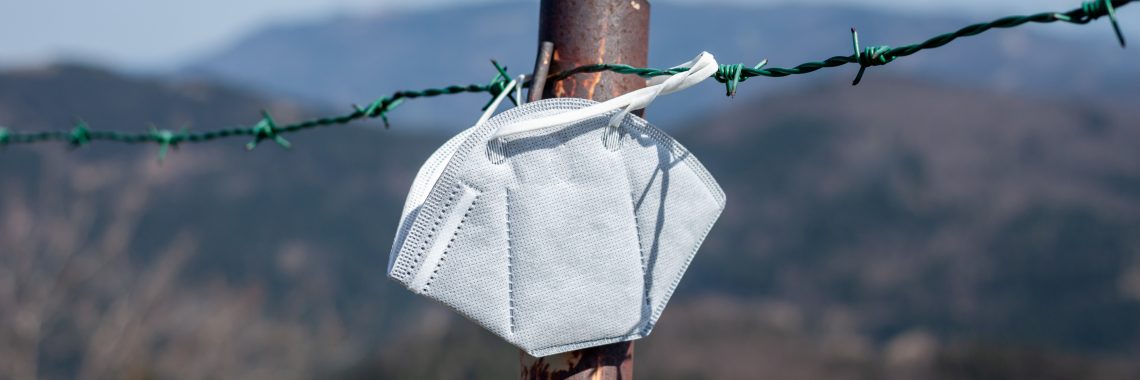All of us prioritize the safety of agriculture families and the sustainability of the industry as part of our mission and clientele. With that in mind we share these items for farm and ranch safety.
Considerations
- Interactions with sources of infection are imminent due to the interface of agriculture and communities,
- Consider rescheduling interactions that can be delayed or breaking them into smaller efforts,
- Agriculture functions must be completed to provide food and fiber to our nation,
- Many rural communities are dependent on the agriculture industry,
- Rural America values are largely based on agriculture functions,
- Agriculture production families are such a small segment of the population that avoiding compromise of this essential group is essential to the world,
- Always have a safety monitor to watch for someone with symptoms and sideline them.
Recommendations
For daily operations
- Recognize the signs of infection and address them promptly,
- Practice good handwashing technique and other cleaning and hygiene practices,
- Practice 14-20 days of isolation for any new entries into your location,
- Reach out to elder and challenged neighbors to help them during a pandemic,
- If family or employees are ill, immune compromised or infected, have them avoid all interactions with others,
- Discourage visitors and unnecessary deliveries until infection levels drop.
For group work
- Schedule events with the minimum number of workers possible,
- Ask all help to wear personal protection (facemasks and gear that will not hold or transfer moisture) and maintain as much social distance as possible,
- Clean all equipment before and after work events and anytime a different user operates equipment by establishing cleaning and disinfection stations at the worksite,
- Form work teams from family or those who are regularly interacting, avoid mixing teams with other operations,
- If risk and workers can be reduced by doing repeated smaller events – consider it,
- Evaluate if changes in equipment can reduce manpower needs and cross-exposure,
- Do not trade jobs or roles during group work efforts,
- If food or water is provided, make sure exterior moisture surfaces are minimized, and package meals in dry containers separately and avoid open container use,
- Limit social interaction before, during and after functions.
- Monitor all participants for 15 days and encourage medical evaluation promptly.
For large audience events (sales, auctions, other)
- Arrange seating to allow wider than normal separation,
- Provide enough space for audiences to examine livestock without crowding,
- Clean the site before and after the event,
- Double the amount of properly cleaned restrooms,
- Include requests that all attendees wear PPE and send only one representative per agricultural operation if possible,
- Ask catering to provide individually packaged food and drinks with lids,
- Arrange coverage by video or internet, if possible, for off-site viewing,
- Limit social interaction before, during and after functions,
- Encourage reporting and sharing of illness reports before, during and for 15 days after events.
For more information, contact the author.
Scott Cotton is serving on the Wyoming Unified Command COVID Response Team. He is from a legacy Wyoming ranch family and served for over 30 years as a rural Emergency Medical Technician, firefighter, state certified blood-borne pathogen trainer, and is the senior area extension educator based in Natrona County and also serving Converse and Niobrara counties. He can be reached at (307) 235-9400 or at scotton1@uwyo.edu.
These resiliency and safety tips for agriculture producers amid the COVID-19 pandemic and springtime agricultural work were recently shared by the University of Wyoming Extension’s state lead for the Extension Disaster Education Network (EDEN).
Scott Cotton made the recommendations based on a combination of agricultural functions, epidemiological principles and disaster resilience.
The University of Wyoming Extension has also created a one-stop shop for resources to help the public at bit.ly/uwyo-extension-covid.





